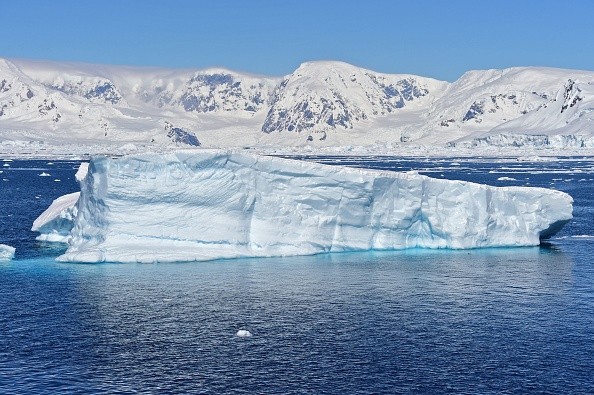
A drop in atmospheric carbon dioxide prompted a considerable cooling 133 million years ago - the period dinosaurs wandered the world, a new study revealed.
Getting a better knowledge of the effects of previous fluctuations in atmospheric CO2 is critical in knowing how heat propels all over the world, which is also in charge of how plenty ice can accumulate in polar regions.
A team of researchers which Thomas Wagner, a professor from The Lyell Centre at Heriot-Watt University coordinated has been successful in getting an understanding of extreme climate perturbation in the world of Mesozoic-Paleogene Greenhouse, leading to ocean basins that has depleted oxygen or is even oxygen-free, massive changes in wind, major biodiversity crisis, and precipitation patterns.
This specific event, the "Weissert" Event, a climate perturbation of 700 thousand year-long that took place 133 million years ago, has been reviewed in unusual detail in this study.
Although past research has shown the close connection between all physical, climate, and life components amid this and other previous climate perturbations, the scale of temperature alteration and its causal connection with atmospheric pCO2 levels has not been very clear.
Also Read : Earth Net Zero: Businesses Plan to Remove CO2 Through Sucking it From Air Using Giant Fans
Weissert Event
The leader of the study from the University of Milan, Liyenne Cavalheiro, explains: "This is the most advanced research undertaken for the Weissert Event perturbation to date, with state-of-the-art modeling and geological data assessment, together demonstrating the link between sea surface temperature and atmospheric CO2 change."
"We can now envisage what the consequences of a 40% drop in atmospheric pCO2 means, for surface ocean temperature distribution and unique marine and terrestrial environment," Professor Elisabetta Erba continues.
In the study that was released this week in Nature Communications, the researchers examined sediments from the deep sea which the Ocean Drilling Program (ODP) obtained from offshore Antarctica. The sediments got the Early Cretaceous Weissert Event in the Weddell Sea basin which is semi-enclosed and during that time was at a 54 °S paleolatitude and shallow paleowater depths of about 500 meters.

Sea Surface Temperature
The research joins organic carbon isotopes of high-resolution and measured the reconstructions of sea surface temperature (SST). The outcomes verified a 3-4 °C decreased in SST in the Weddell Sea - close to Antarctica - across the Weissert Event.
University of Bristol's Sebastian Steinig explains the new Weddell Sea data were merged with climate model imitations and present worldwide multi-proxy-based temperature data from the geological data, to come to one unifying answer which gives a best-fit between every line of proof.
The result verifies a global mean surface cooling of ±1.7 °C (3.0 °C), which converts into a 40% decrease in atmospheric pCO2. Consistent with geologic proof, the modeling recommends that this pCO2 decrease prefers the possible accumulation of local polar ice, in coastal zones all over Antarctica and proto-Arctic.
Related Article : German-Israeli Startup Aims Higher to Collect Atmospheric CO2
For more news, updates about Atmospheric CO2 and similar topics don't forget to follow Nature World News!
© 2025 NatureWorldNews.com All rights reserved. Do not reproduce without permission.





